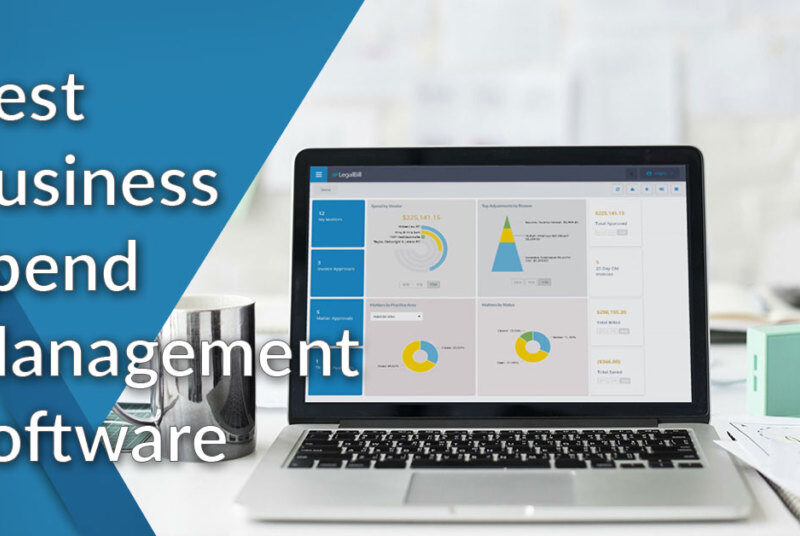Google Analytics is a powerful tool that can help you optimize your website for search engine optimization (SEO). By tracking important metrics and analyzing the data, you can identify areas for improvement and optimize your website to attract more organic traffic. In this blog post, we will discuss how to use Google Analytics for SEO and provide tips for optimizing your website based on the insights you gain from the tool. Whether you’re new to SEO or a seasoned pro, this guide will help you get the most out of Google Analytics and improve your website’s search engine visibility.
Are you looking to learn how to use Google Analytics for SEO? If so, this article is for you! Understanding the power of Google Analytics is essential in the ever-changing digital marketing landscape. Knowing how to leverage this tool will help you succeed in your digital marketing endeavors, especially if you’re taking a digital marketing course in Kochi. With this article, we’ll walk you through the basics of using Google Analytics for SEO and discuss why it’s an important part of any digital marketing strategy.
Set up Google Analytics
Before you can use Google Analytics for SEO, you need to set it up. To do this, you need to create a Google Analytics account, create a property for your website, and add the tracking code to your website.
Once you have set up Google Analytics, you can start tracking your website’s performance and using the data to optimize your website for SEO.
Track important metrics
To use Google Analytics for SEO, you need to track important metrics that can help you identify areas for improvement. Among the most crucial metrics to monitor are:
- Search engines like Google send visitors to your website that is known as organic traffic. By tracking organic traffic, you can see how much traffic your website is getting from search engines and identify trends over time.
- Keywords: Google Analytics allows you to see which keywords people are using to find your website. By tracking these keywords, you can identify opportunities to optimize your website for these keywords and attract more organic traffic.
- Bounce rate: The percentage of visitors to your website that leave after only reading one page is known as the bounce rate. A high bounce rate can indicate that your website is not providing a good user experience, and you may need to optimize your website to reduce the bounce rate.
- Time on site: This metric measures how long visitors stay on your website. If visitors are spending very little time on your website, it may indicate that your website is not providing enough value, and you may need to optimize your website to increase engagement.
- Conversion rate: This metric measures the percentage of visitors who take a desired action on your website, such as making a purchase or filling out a form. By tracking the conversion rate, you can identify areas for improvement and optimize your website to increase conversions.
Use the Search Console integration
Google Analytics allows you to integrate with the Google Search Console. Which provides even more data about your website’s performance in search engines. By using the Search Console integration, you can see which pages are ranking for specific keywords, which queries are driving traffic to your website, and more.
To use the Search Console integration, you need to link your Google Analytics account with your Search Console account. Once you have done this, you can access Search Console data within Google Analytics.
Analyze the data
Once you have set up Google Analytics and started tracking important metrics, it’s time to analyze the data. By analyzing the data, you can identify areas for improvement and optimize your website for SEO.
To analyze the data, you can use the various reports in Google Analytics. Such as the Acquisition report, Behavior report, and Conversion report. These reports provide valuable insights into how visitors are finding and using your website.
For example, the Acquisition report shows you how visitors are getting to your website. Such as through search engines or social media. By analyzing this report, you can identify which channels are driving the most traffic to your website and optimize your website to attract more traffic from these channels.
Optimize your website
Based on the data you have collected and analyzed in Google Analytics, you can start optimizing your website for SEO. Some of the most important optimization strategies include:
- Keyword optimization: Use the keywords you have identified to optimize your website’s content and meta tags.
- Content optimization: Ensure that your website’s content provides value to visitors and is optimized for the keywords you are targeting.
- User experience optimization: Improve your website’s user experience by optimizing navigation, reducing load times, and improving mobile responsiveness.
- Conversion rate optimization: Use
Also Read: The Benefits of Attending SEO Courses
Final Thoughts
In conclusion,if you’re looking to improve your SEO and website performance. Google Analytics is a powerful tool that can provide the insights you need. With an understanding of how to use the platform, you are now equipped with key data to help you track and optimize your website performance. Take the time to explore each tab and get familiar with what information is available. Then decide which metrics are most relevant for your goals. From there, you can begin to create reports and track progress over time.



